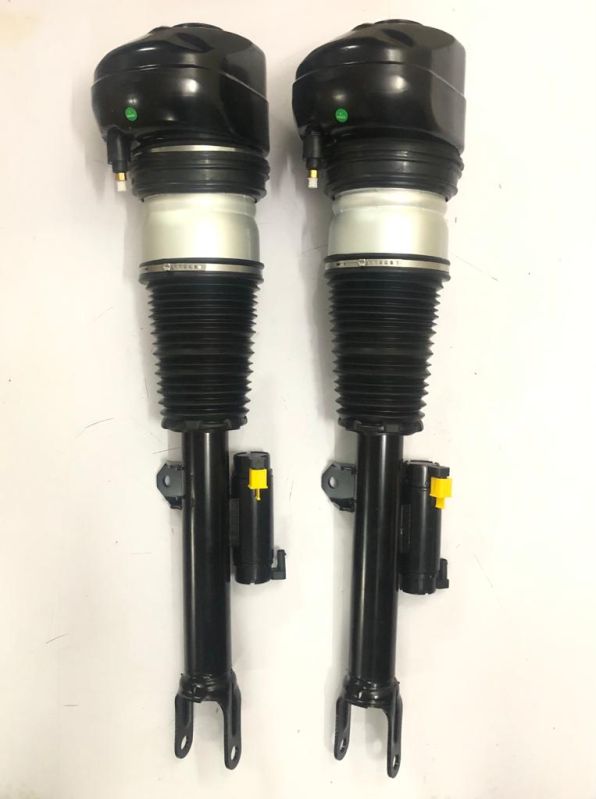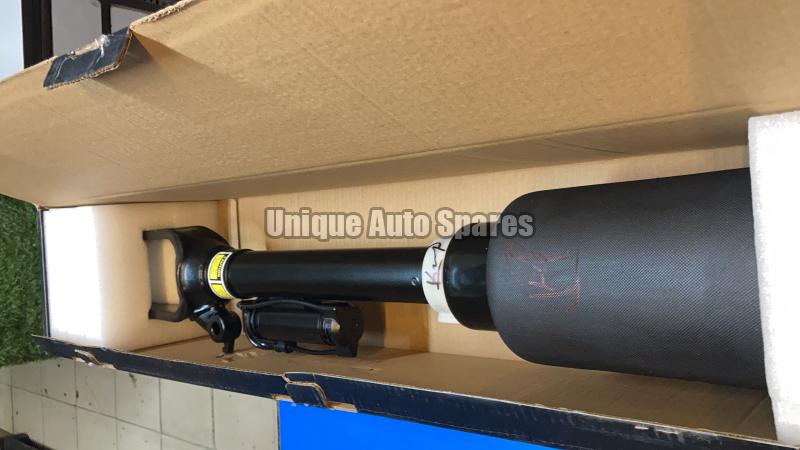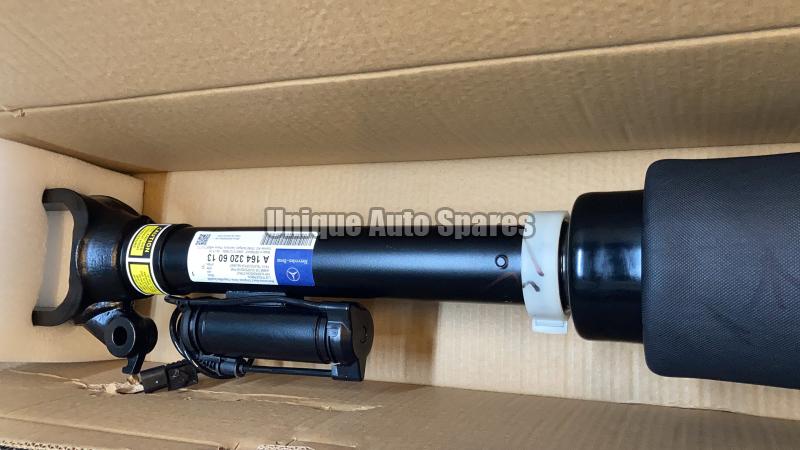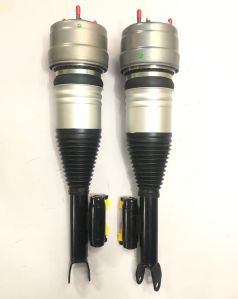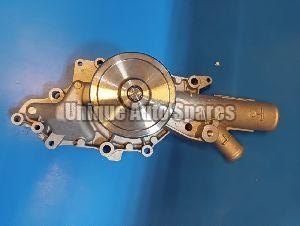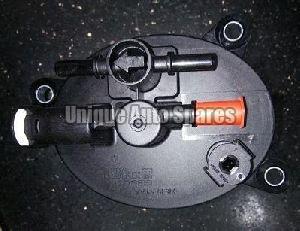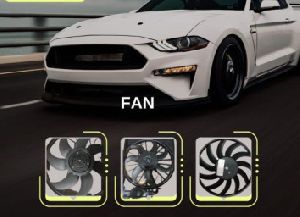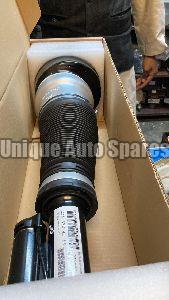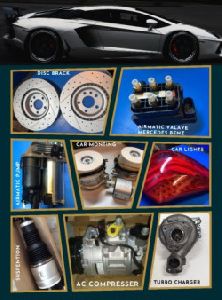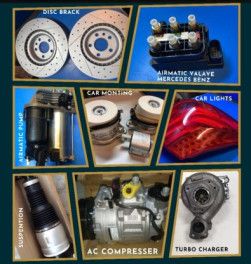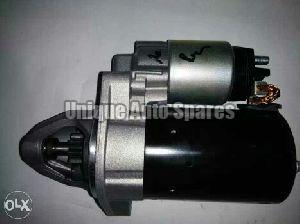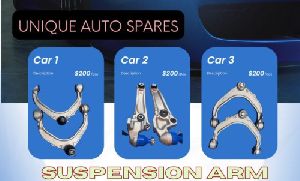| Business Type | Exporter, Supplier, Retailer, Wholesaler, Trader, Distributor, Importer, Buying House |
| Material | Metal, Rubber |
| Shape | Round |
| Color | Black, Grey |
| Click to view more | |
Preferred Buyer From
| Location | All Countries Except India |
Product Details
Shock absorbers (often referred to as shockers) in a Mercedes-Benz are critical components of the vehicle's suspension system. They play a key role in ensuring a smooth and stable ride by dampening the impact of road irregularities and controlling the movement of the vehicle's springs.
Key Points About Mercedes-Benz Shock Absorbers:-
Functionality:
- Shock absorbers reduce the impact of bumps and rough patches on the road.
- They help maintain tire contact with the road surface, improving vehicle handling and safety.
- They control the rebound and compression of the suspension springs, providing a comfortable ride.
-
Types of Shock Absorbers:
- Hydraulic Shock Absorbers: Use hydraulic fluid to dampen the movement of the suspension.
- Gas-Charged Shock Absorbers: Contain pressurized nitrogen gas to reduce fluid foaming, providing more consistent performance.
- Electronic Shock Absorbers: Feature adjustable settings controlled by the vehicle's onboard computer for different driving conditions.
-
Common Issues:
- Wear and Tear: Over time, shock absorbers can wear out, reducing their effectiveness.
- Leaks: Hydraulic fluid or gas leaks can compromise the performance of the shock absorbers.
- Noise: Clunking or knocking noises can indicate worn or damaged shock absorbers.
- Poor Handling: Increased body roll, nose diving during braking, or excessive bouncing can be signs of failing shock absorbers.
-
Symptoms of Failing Shock Absorbers:
- Unusual noises when driving over bumps.
- Excessive body lean in turns.
- Longer stopping distances.
- Uneven tire wear.
- Poor ride quality and increased vibration.
-
Diagnosis and Repair:
- Inspection: A visual inspection can reveal fluid leaks or physical damage to the shock absorbers.
- Bounce Test: Pushing down on the vehicle's corners and observing the rebound can help diagnose worn shock absorbers.
- Replacement: If shock absorbers are failing, they should be replaced in pairs (both front or both rear) to maintain balanced handling.
Replacing the shock absorbers in your Mercedes-Benz involves several steps and may require specific tools. Here is a general guide:
-
Preparation:
- Park the vehicle on a flat surface and engage the parking brake.
- Lift the vehicle using a jack and secure it with jack stands.
-
Remove the Old Shock Absorbers:
- Locate the shock absorbers and remove any components obstructing access, such as wheels or splash shields.
- Unbolt the lower and upper mounting bolts and remove the old shock absorber.
-
Install the New Shock Absorbers:
- Position the new shock absorber and secure it with the upper and lower mounting bolts.
- Torque the bolts to the manufacturer's specifications.
-
Reassemble:
- Reinstall any components that were removed, such as wheels or splash shields.
- Lower the vehicle and perform a test drive to ensure proper installation and handling.
- Regular Inspections: Periodically inspect the shock absorbers for leaks, damage, and wear.
- Avoid Overloading: Excessive weight can strain the suspension system and accelerate wear.
- Drive Smoothly: Avoiding rough roads and aggressive driving can extend the life of the shock absorbers.
- Check Alignment: Proper wheel alignment can prevent uneven tire wear and reduce stress on the suspension system.
Maintaining your Mercedes-Benz shock absorbers in good condition is crucial for vehicle safety, handling, and ride comfort. If you notice any symptoms of failing shock absorbers, it's advisable to consult with a professional mechanic for an inspection and, if necessary, replacement.unique auto spares. car shocker supplier.

